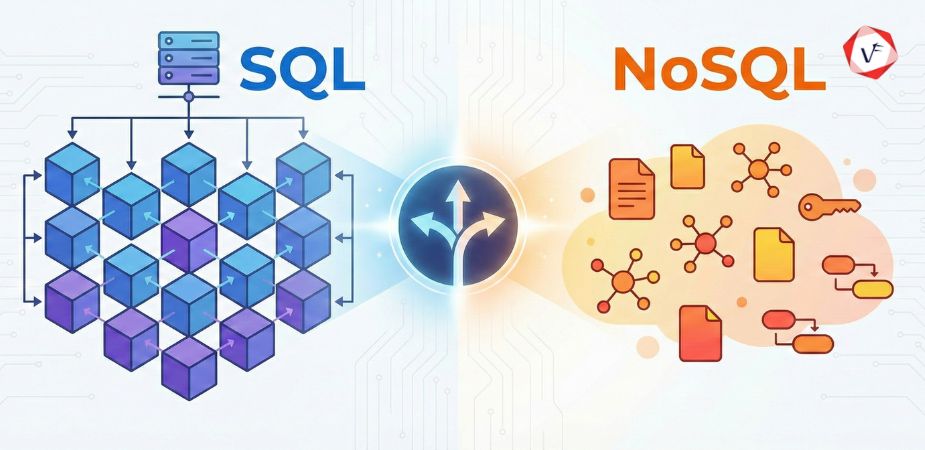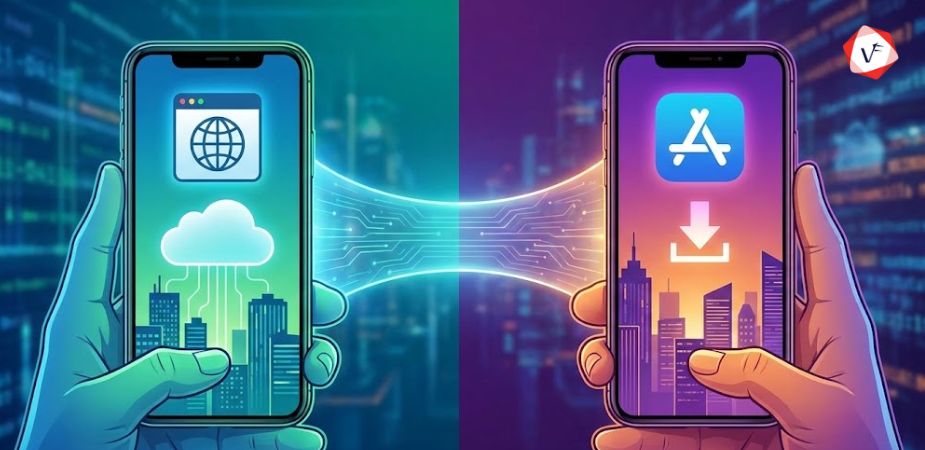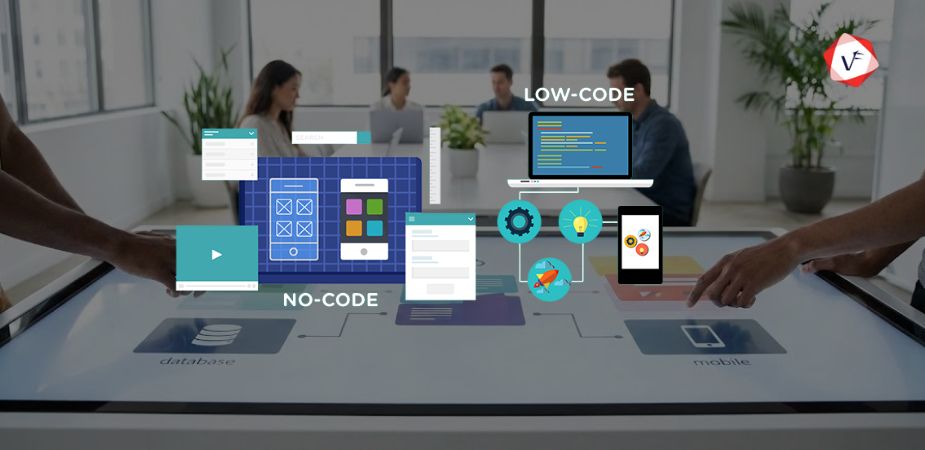- November 03, 2025 12:04 pm
- by Safvana
- November 03, 2025 12:04 pm
- by Sooraj

It's hard to think of an aspect of modern life that isn't digital. We wake up to phone alarms, pay bills online, order groceries through apps, manage work on cloud platforms, and even control our home appliances through smart devices. This interconnected life has made our days more convenient—but also more exposed.
Every digital touchpoint is a potential entryway for cybercriminals. In 2025, cybersecurity is no longer a background IT issue—it's a boardroom topic, a government concern, and a personal responsibility. Cybercrime poses a massive threat, with projected annual losses exceeding $10.5 trillion—more than the worldwide trade in illicit drugs.
And unlike natural disasters or economic downturns, cyberattacks are man-made, calculated, and often invisible until they cause massive damage. The Global Cybersecurity Outlook for 2025 reflects both the threats that are escalating and the innovations being deployed to counter them.
Cybercrime is growing in complexity and professionalism. A decade ago, the stereotypical hacker was imagined as a lone individual in a dark room. Today, cybercriminal organizations look more like multinational corporations. They have hierarchies, recruitment processes, customer service teams for ransom negotiations, and even partnerships with other criminal groups.
Ransomware is the poster child of this evolution. In the beginning, attacks were limited to locking systems and demanding money. Now, attackers use double extortion (stealing data before encrypting it) and triple extortion (threatening not only the victim but also their customers or partners). Entire supply chains are at risk, as a single compromised vendor can expose multiple businesses at once.
Governments have also become active players in the cyber arena. Nation-state attacks target critical infrastructure like power grids, transportation hubs, and healthcare systems. These attacks aren't just about stealing data—they can disrupt daily life and even endanger lives. Today, cyberspace stands as an invisible front as vital as traditional domains like land, sea, air, and space.
Artificial intelligence has added another layer of danger. Criminals use AI to scan for system weaknesses at scale, to generate personalized phishing emails that are almost impossible to detect, and to create deepfake voices and videos that trick even the most cautious individuals. The line between truth and deception is blurring, making social engineering attacks more effective than ever.
The traditional model of building a strong perimeter around networks no longer works. With remote work, cloud adoption, and mobile devices everywhere, the idea of a secure "inside" versus dangerous "outside" has collapsed. This has led to the global adoption of Zero Trust architecture.
Zero Trust is built on a straightforward rule: trust nothing, verify everything. Every device, user, and connection must prove its legitimacy continuously. Whether you're logging in from your office desk or a café Wi-Fi, the system treats you the same way—cautious until verified. This approach dramatically reduces risks from insider threats and stolen credentials.
By solving problems that conventional computers cannot, quantum computing promises to reshape industries. But there's a darker side: quantum machines could break widely used encryption methods like RSA in minutes. If encryption fails, everything from online banking to national defense could be exposed.
That's why post-quantum cryptography has become urgent. Governments, universities, and tech companies are racing to design algorithms that can withstand quantum attacks. The U.S. National Institute of Standards and Technology (NIST) has already started standardizing quantum-safe algorithms, signaling a new chapter in digital security.
Artificial intelligence has become the defining tool of cybersecurity in 2025. On the attacker's side, AI automates the scanning of networks for weaknesses, creates hyper-realistic fake content, and enables large-scale social engineering campaigns. On the defender's side, AI is being used to monitor network traffic, flag unusual behavior, and stop breaches before they escalate.
The difference lies in speed. Traditional cybersecurity systems react to known patterns, but AI can learn new patterns and respond in real time. The result is a battlefield where both sides are constantly adapting, with AI as the central force.
As attacks rise, governments have stepped in with stricter rules. In Europe, the NIS2 Directive has expanded cybersecurity requirements for essential industries. In the United States, critical sectors are facing tighter regulations and mandatory reporting of cyber incidents.
The shift is from focusing solely on prevention to demanding resilience—the ability to bounce back quickly after an incident. Companies are being asked not just how they block attacks, but how they recover when defenses fail.
As damages grow, more businesses are purchasing cyber insurance to manage risks. However, insurers have learned hard lessons after massive payouts. Premiums are climbing, and insurers now demand proof of strong cybersecurity practices before issuing policies. For businesses, this means insurance is no longer a fallback—it's tied to proactive defense measures.
Fraud, phishing, and crypto-related scams are all rising. By 2025, many banks and fintech companies are adopting biometric authentication—like fingerprints, facial recognition, and even behavioral analysis—to secure transactions. As digital payments grow, so does the need for ironclad trust.
Hospitals and clinics continue to suffer from relentless ransomware attacks. Patient records, full of personal and medical details, are worth a fortune on the dark web. Telehealth platforms, which grew rapidly during the pandemic, add more entry points for attackers. For healthcare, cybersecurity is no longer optional—it is as essential as medical equipment.
Factories are embracing Industry 4.0, powered by robotics, sensors, and IoT devices. But each connected machine can be an attack point. Cyberattacks that disrupt production lines can cost millions in losses and ripple through supply chains. Protecting these cyber-physical systems is now a top priority for manufacturers worldwide.
Cyber defense is no longer about protecting data—it's about protecting democracy, security, and sovereignty. Governments are forming cyber alliances, sharing intelligence, and preparing joint responses to cyber incidents. Elections, military systems, and national databases are constant targets. The new arms race is digital.
Despite technological advances, several challenges remain.
The most pressing is the talent shortage. By 2025, there is still a global gap of more than 3 million cybersecurity professionals. This shortage leaves organizations vulnerable, with too few experts to handle complex threats.
Another problem is shadow IT—employees using unauthorized apps or cloud tools without IT approval. While often harmless in intent, these blind spots give attackers hidden pathways into systems.
Cost is another barrier. Large corporations can afford advanced defenses, but small and mid-sized businesses often cannot. Unfortunately, attackers know this and deliberately target smaller firms as weak links.
And finally, the biggest challenge is evolving threats. Every protective measure sparks new attack methods, leaving cybersecurity as a never-ending challenge.
Despite the challenges, the future of cybersecurity isn't bleak—it's transforming into something smarter and more resilient.
Imagine autonomous security systems that can detect and heal from breaches without waiting for human intervention. Consider it a digital immune system that operates 24/7, always adapting.
On the global stage, expect discussions around cyber peace treaties, much like nuclear agreements of the past. Countries may be forced to agree on certain limits in cyber warfare, especially when critical civilian infrastructure is at risk.
For organizations, AI will act as a co-pilot, assisting human security teams. Instead of drowning in alerts, professionals will rely on AI assistants that prioritize the most dangerous threats and suggest immediate actions.
For individuals, cybersecurity will become personal. Digital identity wallets, biometric logins, and encrypted communications will be as common as passwords once were. Just like wearing seatbelts became second nature in cars, using personal cybersecurity tools will become a normal part of digital life.
The path forward requires more than just tools—it requires strategy. To succeed in 2025 and beyond, businesses should:
The Global Cybersecurity Outlook 2025 is both a warning and a roadmap. The threats we face are more advanced, more organized, and more damaging than ever before. But the defenses we are building—AI-driven systems, Zero Trust frameworks, post-quantum cryptography, and global collaboration—are also stronger than ever.
Cybersecurity services are no longer just about protecting technology. It's about protecting trust, protecting economies, and protecting human lives. The organizations, governments, and individuals that recognize this truth will not just survive in the digital-first world—they will lead it.
Guaranteed Response within One Business Day!

Database Selection Guide: SQL vs NoSQL
AI Agents in Enterprise Software: How Autonomous AI is Transforming Business Operations
Manufacturing 4.0: AI and IoT Transforming Production Lines

Progressive Web Apps vs Native Apps: Which Should You Choose in 2026?

What is Citizen Development?